A MohawkK (Caughnawaga) Halter for Leading Captives
by C. C. Willoughby
Fort Massachusetts, built about 1743 on the shore of Hoosic River in the town of Adams, Mass., was attacked by a party of seven hundred French and Caughnawaga (French Mohawks) in August, 1746. After cap- turing the fort, sixty Indians were sent to intercept a small party of English who were returning to the fort from Deerfield with supplies. Fifteen of the English were shot from ambush and the others captured. The Indians then proceeded as far as Deerfield and secreted themselves in bushes along the edge of Stebbin's meadow where men were haying. Four of these settlers were killed and one, a boy, captured. Aroused by the discharge of guns, Lieutenant Clesson, with his men stationed at Deerfield, came upon the scene but the Indians had disappeared, leaving behind two of their dead. The line here shown (Plate I), intended for leading a prisoner back to Canada, was found in the meadow after the fight. Tradition does not inform us definitely whether it was in the possession of one of the dead Indians or was picked up in the field. This encounter is known as Bars Fight and took place Monday morning, August 25, 1746.
I saw this interesting specimen in the Memorial Museum at Deerfield some years ago but had no opportunity to examine it carefully at the time. I am indebted to Mrs George Sheldon, the curator of the museum, for the accompanying illustration sent to me later, and also for verifying my tentative description of the relative arrangement of the loops and cord which do not show clearly in the photograph. This halter for leading captives consists of an embroidered collar furnished with a loop at either extremity, and from these loops extends a braided line about twenty-two feet in length, the whole affair, both collar and line being made in a single piece. The cord, which continues from either loop, passes through the opening in each opposite loop, forming thereby a noose of the central embroidered portion which cannot be drawn close together but which can be easily opened by slipping the cord through the loops. The length of the collar including the loops is fourteen and three-fourths inches, about the average size of an ordinary linen collar, and when placed about the neck of a captive and the cord drawn tight would probably not strangle him so long as he remained quiescent. The doubled cord or leading line extending from the collar is approximately eleven feet long, one-half the total length of the cord.
The material of which the halter is woven is a carefully prepared native twine of vegetable fiber. The line is neatly braided. The collar is in twined weaving, a technic widely distributed among American tribes. This is ornamented upon the outer side in false embroidery with the long white
hairs of the moose in their natural color or dyed in pleasing pastel shades, the colors usually employed in this work being a light blue, a reddish yellow, a purplish brown, and the natural white of the selected moose hair. The few examples of this embroidery that have been preserved are old and the colors somewhat faded. When fresh they doubtless were much brighter,
although perhaps less pleasing. This collar was originally edged with white trade beads, many of which have become detached. This excellent example of Mohawk work is very similar to beautiful burden straps or tump-lines of the Mohawk women, three of which have been and described by Mr Orchard1 and a fourth example is in the Peabody Museum at Harvard University. The flattened central portion of the tump-line is nine or ten inches longer than in the halter, however, and is woven without loops for the passage of the cord, and the total lengths of
the tump-lines are five to eight feet shorter than the halter. While the details of the two classes of objects are somewhat similar, there is little danger of confusing the uses for which they were intended.
William C. Orchard, Mohawk Burden-Straps (Indian Notes, Museum of the American Indian, Heye Foundation, Vol. 6, pp. 351-59,1929).
A Mohawk (Caughnawaga) Halter for Leading Captives C. C. Willoughby American Anthropologist, New Series, Vol. 40, No. 1. (Jan. - Mar., 1938), pp. 49-50. via jstor
Copy and photos supplied by Eli Motsay.

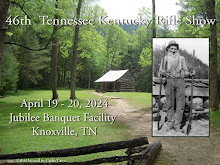

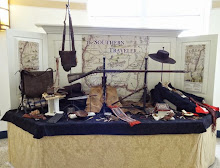





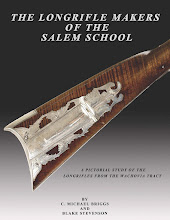

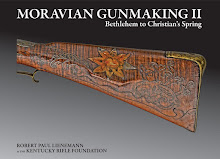


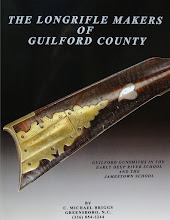

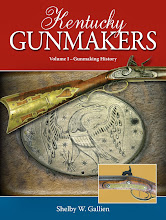









No comments:
Post a Comment
Note: Only a member of this blog may post a comment.